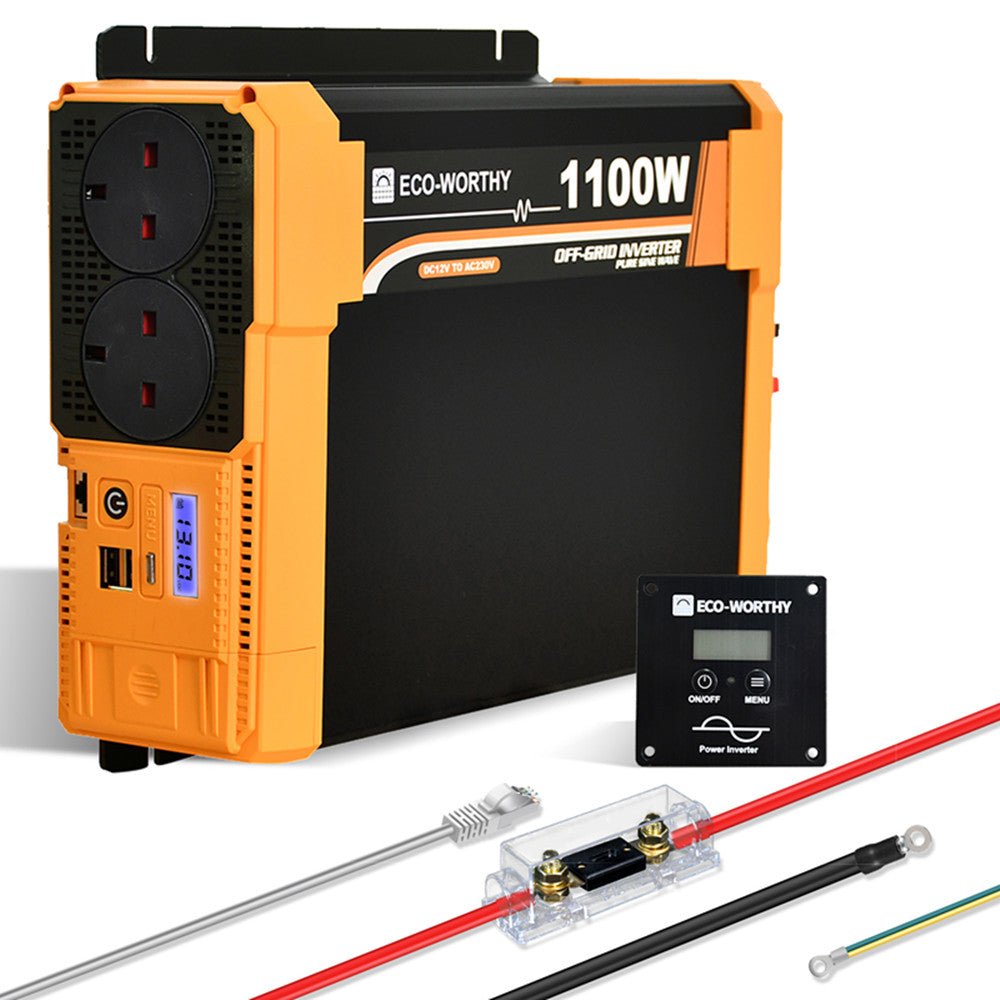Understanding the Basics: What is a Sine Wave Inverter and How Does It Work?
Corps
The sine wave inverter is a crucial component in the realm of renewable energy and power management. It converts direct current (DC) into alternating current (AC), which is essential for powering household appliances and industrial equipment. But what exactly does this mean, and how does it work?

What is a Sine Wave Inverter?
A sine wave inverter produces a smooth, continuous wave that closely resembles the power supplied by the grid. This is in contrast to modified sine wave inverters, which generate a more jagged waveform. The quality of the output waveform is vital, as it affects the performance and longevity of the devices powered by it.
How Does a Sine Wave Inverter Work?
The operation of a sine wave inverter involves several key components:
- DC Input: The inverter receives DC power from sources such as batteries or solar panels.
- Oscillator: This component generates a high-frequency signal that is used to create the sine wave.
- Transformer: The transformer steps up the voltage to the required level for AC output.
- Output Stage: Finally, the inverter produces a clean sine wave output suitable for use with various electrical devices.
In essence, the inverter modulates the DC input into a smooth AC output, ensuring that sensitive electronics operate efficiently and without damage.
Applications of Sine Wave Inverters
Sine wave inverters are widely used in various applications, including:
- Solar Power Systems: They are integral to solar energy setups, converting the DC generated by solar panels into AC for home use.
- Uninterruptible Power Supplies (UPS): These inverters provide backup power during outages, ensuring that critical systems remain operational.
- Electric Vehicles: Sine wave inverters are used to drive electric motors, enhancing efficiency and performance.
Benefits of Using a Sine Wave Inverter
Utilising a sine wave inverter offers numerous advantages:
- Improved efficiency and performance of electrical devices.
- Reduced risk of overheating and damage to sensitive electronics.
- Longer lifespan for appliances and equipment.
"A sine wave inverter provides the cleanest and most reliable power output, making it the preferred choice for sensitive electronics." - Energy Expert
Choosing the Right Sine Wave Inverter
When selecting a sine wave inverter, consider factors such as power rating, efficiency, and compatibility with your devices. For instance, the 1000W Sine Wave Inverter is an excellent choice for small to medium applications, providing reliable power with minimal distortion.
For a visual understanding, you can watch this informative video on sine wave inverters and their applications.
Conclusion
In summary, a sine wave inverter is an essential device for converting DC power into a usable AC format. Its smooth output waveform ensures that your devices operate efficiently and safely. By understanding the basics of sine wave inverters, you can make informed decisions about your power management needs.










commentaires